Apple's chip strategy has taken a fascinating turn. Call it a plot twist. Instead of following the predictable path from M4 to M4 Ultra, the company is reportedly jumping straight to an M5 Ultra processor that's expected to debut in 2026. It signals a willingness to trade short-term product neatness for long-term performance leadership.
The reason is straightforward. Today's Mac Studio ships with mismatched processor options, you can get it with either an M4 Max or the older M3 Ultra. That happened because Apple previously stated that not every chip generation would receive an Ultra variant, and the M4 generation ended up being one of those skipped iterations.
Here's the hook: the M5 Ultra marks a return to truly flagship desktop performance after that gap. Rather than playing catch-up, Apple is aiming to leapfrog competitors that keep rigid annual cycles, setting a new baseline that could reset expectations for pro work.
Why Apple skipped M4 Ultra and what it means
The technical explanation is both simple and strategic. The M4 Max chip lacks the UltraFusion connector necessary for creating an Ultra variant. And Ultra processors work by fusing two Max chips together using Apple's specialized UltraFusion technology, so no connector, no M4 Ultra.
That limitation opened a door. Instead of forcing an M4 Ultra with compromises, the company chose to focus development resources on the M5 Ultra. The result, a cleaner jump that aims for a real generational leap, not a polite bump.
Timing helps too. Ultra variants typically launch after Pro and Max chips, which gives Apple room to optimize and refine. By skipping M4 Ultra, Apple keeps that cadence while building anticipation for a processor meant to stand out against Intel and AMD in the pro market.
Apple made it clear that it did not plan to create a high-end Ultra chip for every M-series generation. Selectivity reinforces Ultra as something special, a badge that appears when it can actually push boundaries rather than just nudge specs.
M5 Ultra specifications: a performance powerhouse emerges
The M5 Ultra is reported to be Apple's most ambitious desktop processor yet. The chip will utilize TSMC's third-generation 3nm process technology, which brings better performance and efficiency than previous nodes. More cores in the same thermal envelope, less wasted power.
Based on the M5 foundation, the Ultra variant could feature up to 32 CPU cores and 80 GPU cores. That is workstation territory in a Mac form factor.
The memory story is just as big. Industry estimates suggest the M5 Ultra could deliver up to 240 billion transistors with 1,100GB/s memory bandwidth. What does 1,100GB/s buy you? Cores that stay fed, smooth 8K timelines, complex 3D scenes that do not choke while you scrub.
Power matters, and it is not free. The chip's estimated power draw could reach 190 watts. High for a Mac Studio, sure, yet efficient for two high-end chips acting as one. Expect beefier cooling, the payoff is a class of performance Apple has not offered before in this box.
One more pillar, AI. The M5 architecture includes enhanced AI capabilities with Neural Accelerators embedded within GPU cores. So the M5 Ultra is both a graphics hammer and an on-device machine learning engine, ready for heavy creative work and modern AI tasks side by side.
Release timeline and what to expect
Apple's release rhythm gives us a window into timing. The M5 Pro and M5 Max processors are expected to enter production in early 2026, with the Ultra variant following later that year. It fits the pattern, Apple released the M1 Ultra and M3 Ultra in March, with the M2 Ultra arriving in June.
Here is the interesting bit, the M5 Ultra may be released during the first half of 2026. An earlier slot would catch pros who waited through the M4 Ultra gap, and it could tempt Windows workstation users who need maximum speed.
As for the box itself, the Mac Studio refresh should be mostly internal. Reports suggest the updated Mac Studio won't feature major design modifications, so the M5 Ultra becomes the main attraction. With higher power draw on the table, subtle thermal tweaks are a safe bet to keep peak performance sustained.
The timing could also set up a tidy ecosystem story. A new Studio Display is reportedly planned for 2026, which pairs well with a refreshed Studio setup. Meanwhile, a budget MacBook with iPhone-derived processors planned for the same timeframe shows how Apple is expanding its silicon strategy to serve multiple market segments simultaneously.
Bottom line, 2026 is shaping up to deliver the ultimate Mac Studio that professional users have been anticipating since the M3 Ultra launch.
The bigger picture: Apple's silicon strategy evolves
The M5 Ultra is more than a faster chip, it is a signal. Apple remains committed to the high-performance computing tier even after skipping a generation, reframing Ultra as strategic rather than routine.
That stance fits the moment as AI reshapes pro workloads. The M5 Ultra is positioned as both an AI and graphics powerhouse, so those Neural Engine enhancements and GPU-integrated accelerators can drive real-time AI video, heavier data analysis, and the usual creative grind without shipping everything to the cloud.
There is also portfolio clarity. The M5 Ultra will likely power both Mac Studio and Mac Pro updates, giving Apple one high-end platform across two machines, a simpler lineup with shared silicon and a consistent experience.
The bigger takeaway, Apple is trading the old faster-every-year habit for better-when-it-matters. That patience can create leap moments that grab attention, especially if M5 Ultra lands with a jump big enough to justify the wait.
As we move toward 2026, the M5 Ultra reads like a statement of intent. Apple is still committed to this hyper-performance tier, and that commitment has evolved beyond mere annual updates toward strategic performance leadership that could reshape expectations for what's possible in professional Mac workflows.







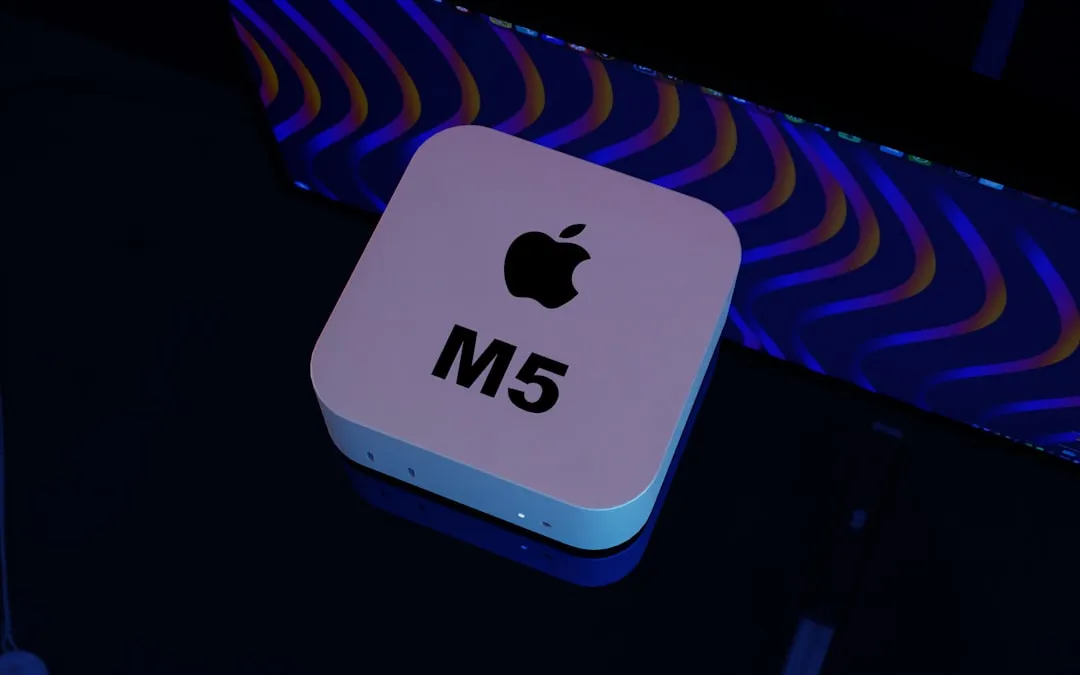
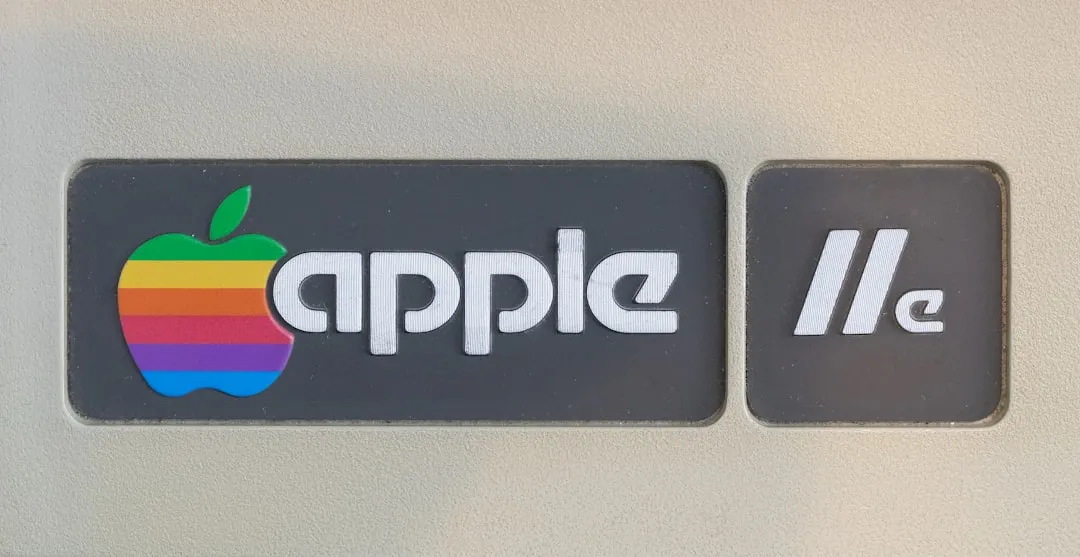









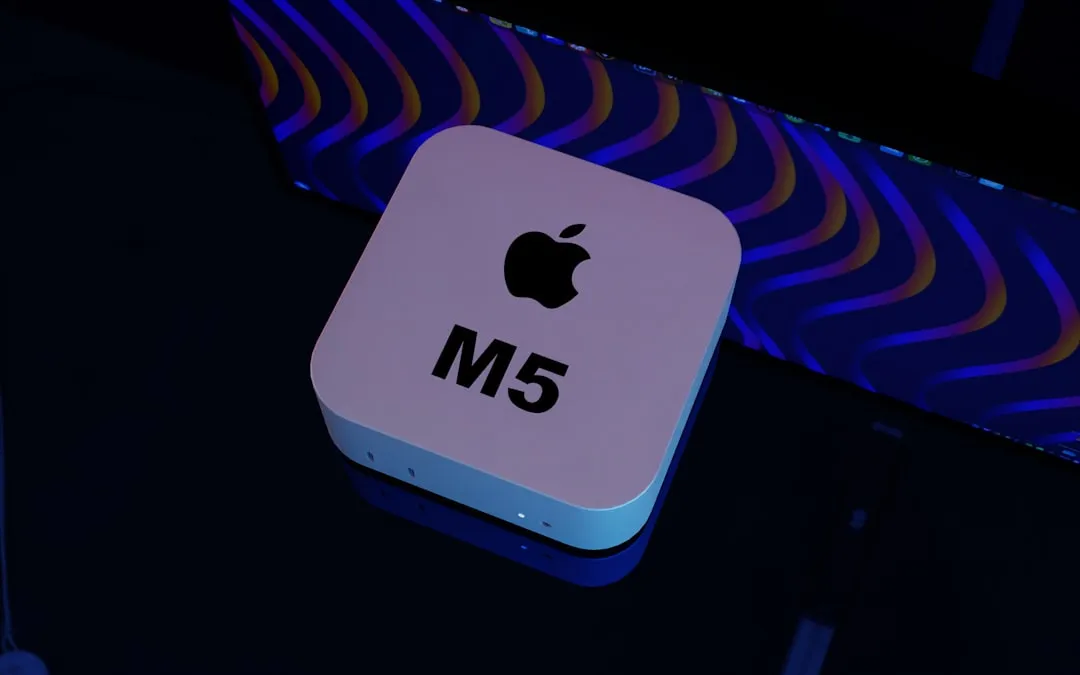
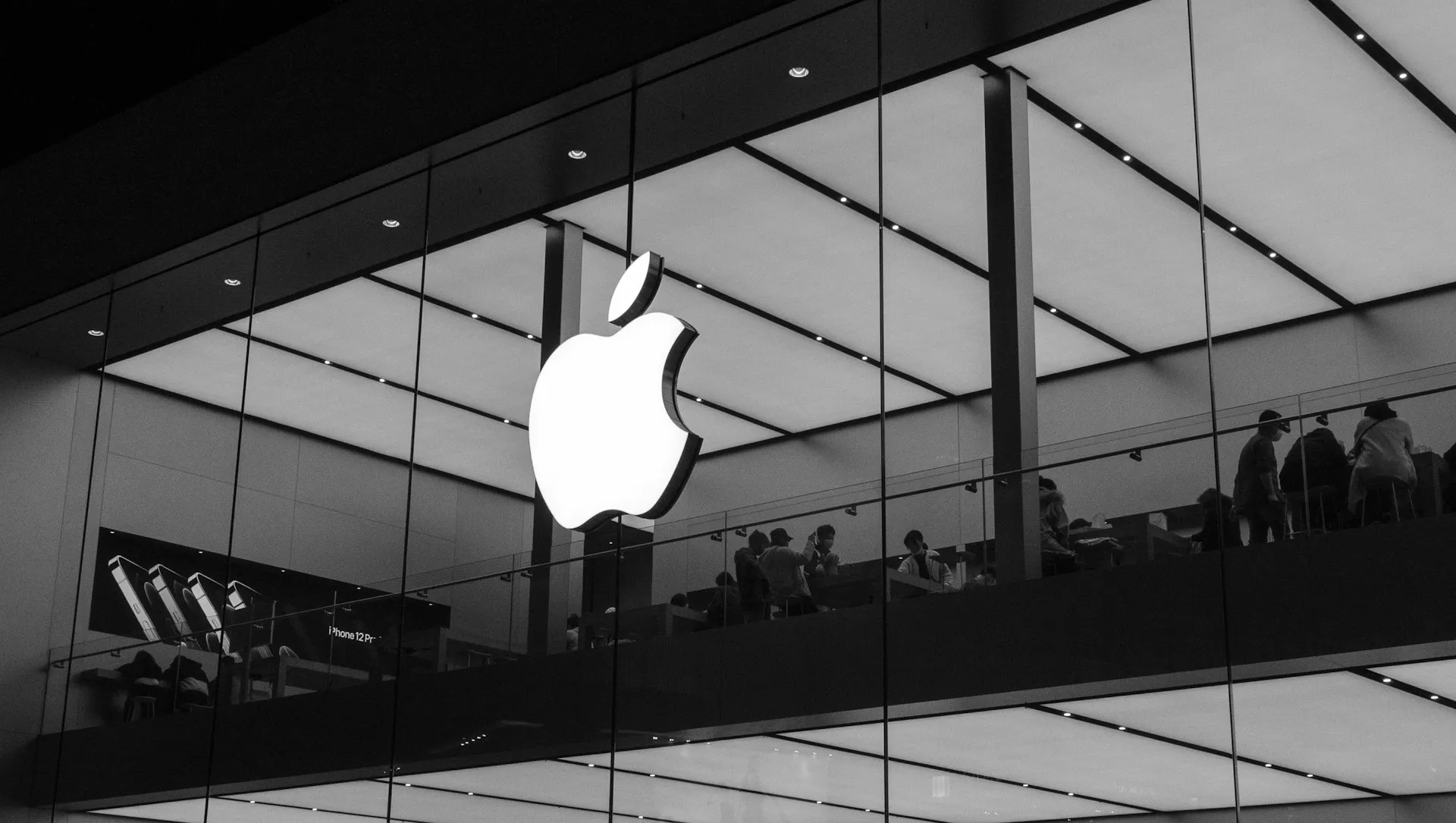

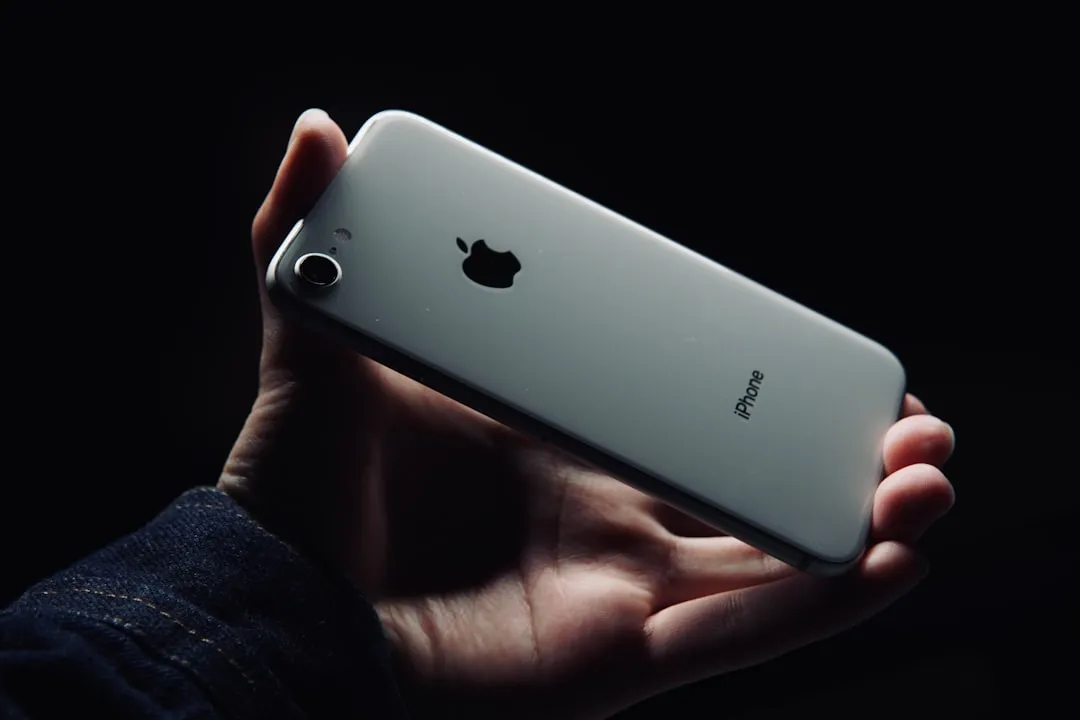

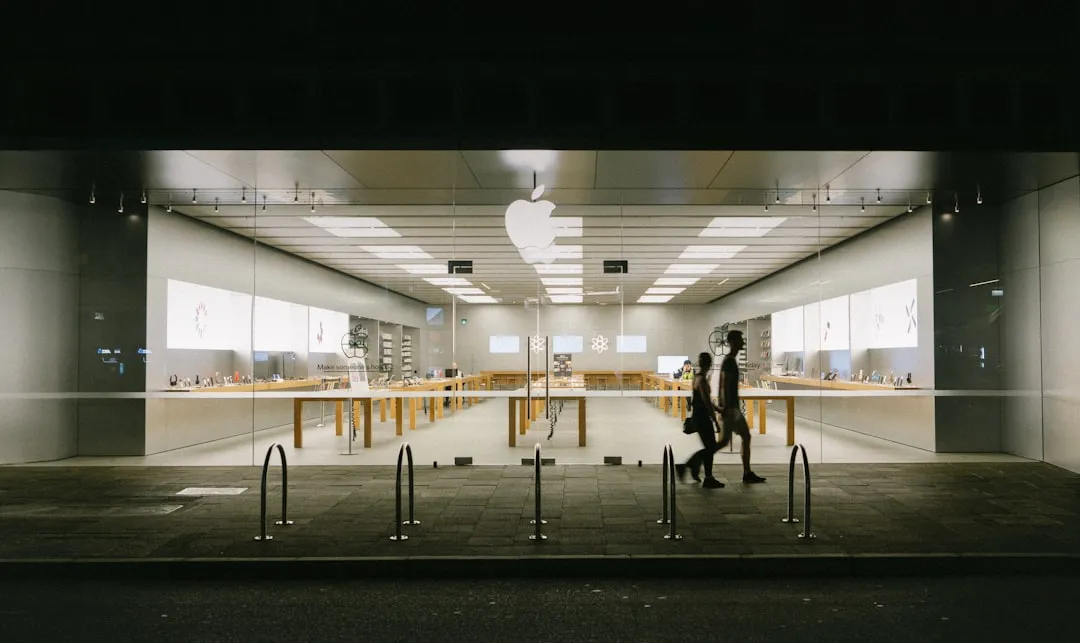

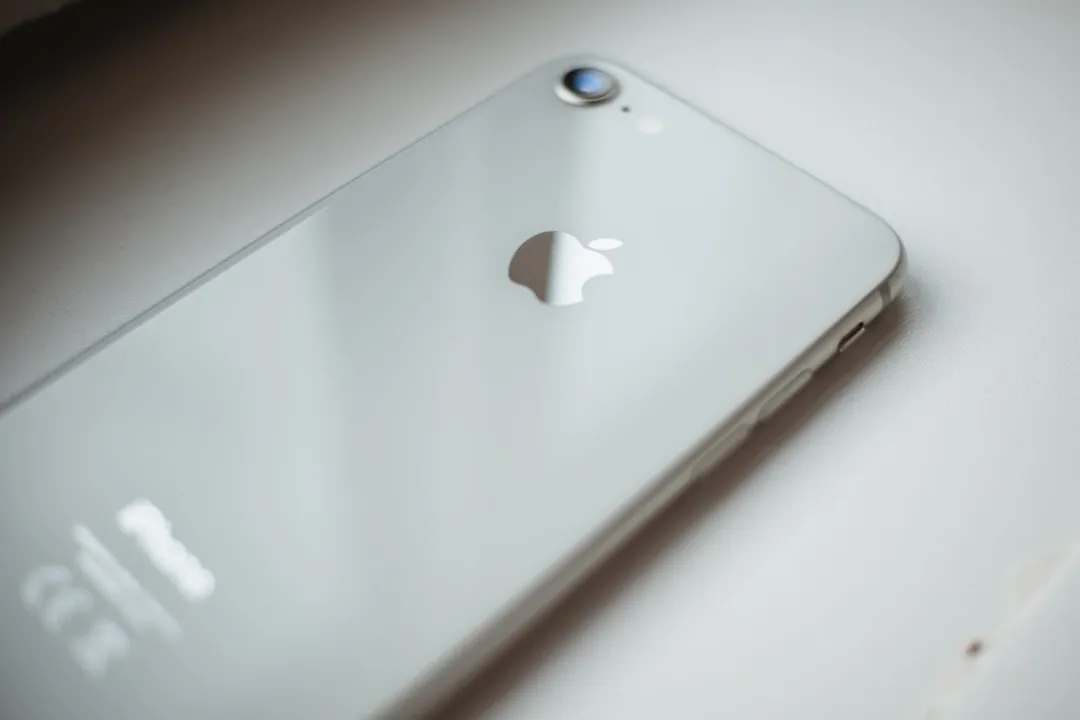
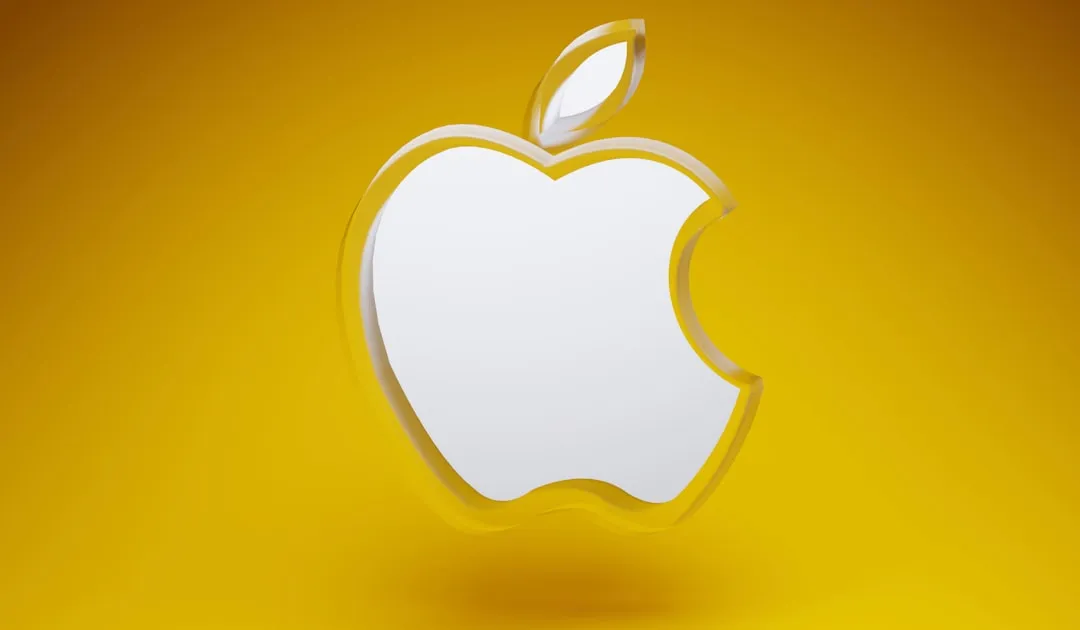
Comments
Be the first, drop a comment!